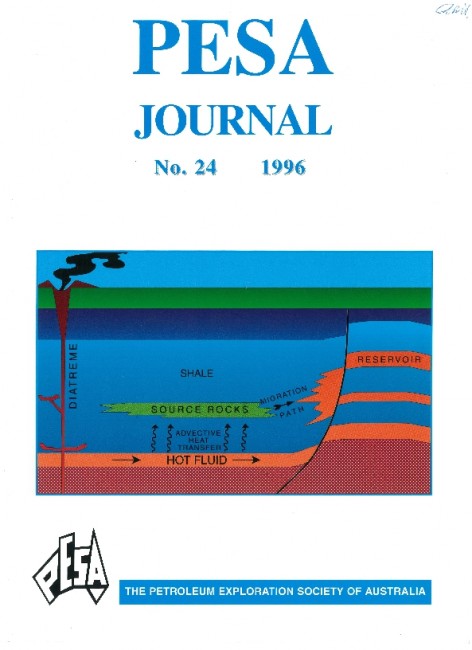Publication Name: PESA Journal No. 24
Authors: Aidan Moore, John Bradshaw and Dianne Edwards
Publication Volume: 24
Date Published: December 1996
Number of Pages: 18
Reference Type: Journal Article
Abstract:
Exploration for hydrocarbons in the Arafura Sea to thenorth and east of Darwin has been concentrated in the
Goulburn Graben. Nine wells have been drilled without
finding a commercial accumulation. Therefore, exploration
ceased in this area which was conventionally given the
highest rating for prospectivity. Geohistory studies show
that prospective Lower Palaeozoic successions in the
graben were buried deeply, heated to advanced maturity,
then uplifted and cooled. Oil generation was halted after a
period of early migration. These episodes pre-date the Late
Triassic events that created the Goulburn Graben.
Significant structures were not in existence when the oil
migrated. This explains the failure of exploration in the
graben.
The area north of the Goulburn Graben has been widely considered to be a platform area with shallow basement.
AGSO reconnaissance seismic acquired in 1990 and 1991
shows a thick sedimentary basin north of the graben. We
believe that the Palaeozoic Arafura Basin continues
northward, covering a huge area of the northern Australian
shelf and extending into Indonesian waters. Oils found in
Arafura-1 well had a marine, Cambrian age source. That
source should be present in the northern Arafura Sea.
Three synthetic well sites in the northern Arafura Sea were
analysed. The results suggest that hydrocarbon generation
in this area could have occurred much later than in the
Goulburn Graben, with migration post-dating the
structuring. Traps outside and flanking the graben would
have been in a position to accumulate hydrocarbons
migrating from the northern basinal areas. On the grounds
of timing, the areas to the north might be more prospective
than those within the Goulburn Graben, the only site of
drilling to date.


